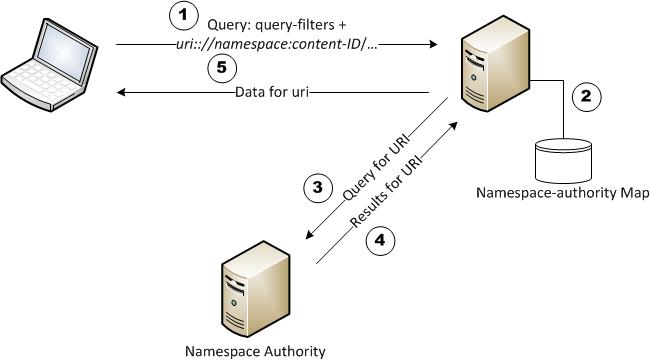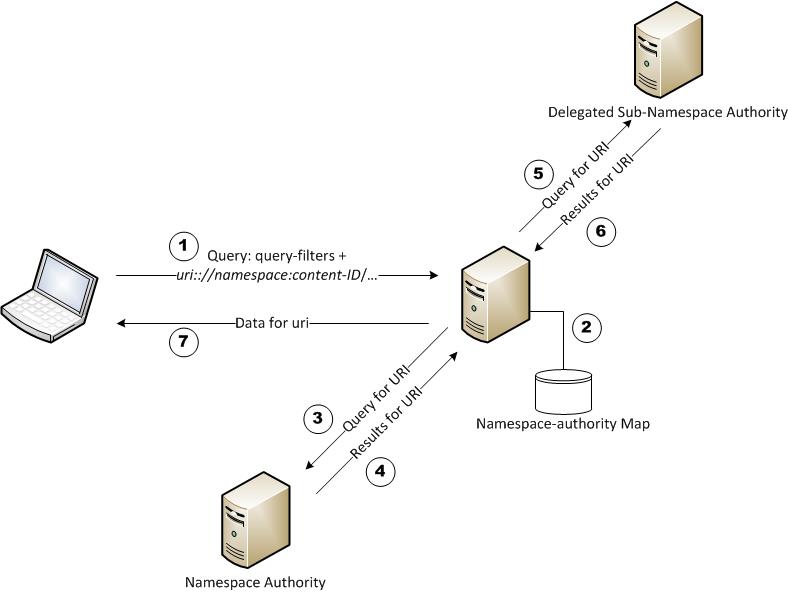GGIE TF/UseCases/Source Access
Content Source Access
How these fit into GGIE
These use cases are part of a larger set of GGIE Use Cases being worked on by the GGIE taskforce. This page covers user cases the act of finding and accessing a content source. These use cases deal with network layer discovery and access
Abstract
This document describes use cases for the glass to glass digital video ecosystem ranging from capture through to viewing
Status of this document
This is a public working in draft collection of use cases that the GGIE task force is discussing and exploring. It has no official standing of any kind and note represent the support or consensus of any standards organization or contributor. GGIE is a taskforce of the W3C Public Web & TV Interest Group
Conventions
The key words "MUST", "MUST NOT", "REQUIRED", "SHALL", "SHALL NOT", "SHOULD", "SHOULD NOT", "RECOMMENDED", "MAY", and "OPTIONAL" in this document are to be interpreted as described in RFC 2119 [RFC2119].
Use Cases
Source-Query-UC-1 Basic Query by Content identifier URI
Extends
- Nothing
Description
- A user queries a content lookup service using a content URI. The content URI includes a namespace declaration for the content identifier, and a content identifier. It may have additional elements which are not shown in this example. The URI is used in a query which is sent to the content lookup service, along with optional query parameters which are not detailed here.
- The user application sends a query to the content lookup service
- The content lookup service finds the authoritative service for the namespace for the content identifier.
- The content lookup service sends the content lookup query to the authoritative service
- The authoritative lookup service returns the query results to the content lookup service
- The content lookup service returns the results to the user application
Actors
- User application
- Content Lookup Service
- Authoritative Content Lookup Service
Dependecies
Notes
- This use case represents a trivial example which highlights essential steps of: 1) Querying by content URI; 2) Using an authoritative service per namespace
- In this simple use case, nothing is known about the results returned
Gaps
- Content URI is not defined
- Content identifier namespaces are not fully defined
- Content Lookup Service query protocol does not exist
Author
History
- 3-10-2015 Glenn Deen (talk) Created
- 3-12-2015 Glenn Deen (talk) moved from GGIE main use case page and renamed Source-Query-UC-2
Source-Query-UC-2 Query by Content identifier URI with delegated sub-namespace
Extends
- Source-Query-UC-1
Description
- A user queries a content lookup service using a content URI. The content URI includes a namespace declaration for the content identifier, and a content identifier. It may have additional elements which are not shown in this example. The URI is used in a query which is sent to the content lookup service, along with optional query parameters which are not detailed here. Additionally, the Namespace Authority returns a reference to the delegated authority for a subdomain of it's namespace.
- The user application sends a query to the content lookup service
- The content lookup service finds the authoritative service for the namespace for the content identifier.
- The content lookup service sends the content lookup query to the authoritative service
- The authoritative lookup service returns a reference to the delegated authority for the relevant subdomain of the namespace
- The content lookup service sends the content lookup query to the delegated sub-namepace authoritative service
- The delegated sub-namepace authoritative lookup service returns the query results to the content lookup service
- The content lookup service returns the results to the user application
Actors
- User application
- Content Lookup Service
- Authoritative Content Lookup Service
Dependecies
Notes
- This use case represents a trivial example which highlights essential steps of: 1) Querying by content URI; 2) Using an authoritative service per namespace
- In this simple use case, nothing is known about the results returned
Gaps
- Content URI is not defined
- Content identifier namespaces are not fully defined
- Content Lookup Service query protocol does not exist
- Sub-namespace / aka subdomains are not yet defined for content namespaces
Authors
History
- 3-10-2015 Glenn Deen (talk) 22:59, 12 March 2015 (UTC) Created
- 3-12-2015 Glenn Deen (talk) moved from GGIE main use case page and renamed Source-Query-UC-2
Cache UC-1 Cache Query
Extends
- none
Description
- A viewing device is accessing content from a source on the network. A cache exists on the network which may have some or all of the content elements. The viewing device connects to the cache and queries the cache for the content source using a URI which contains the content identifier and segment identification for the sought content element. If the content element is not in cache, the device will get the content from the original source
Actors
- Viewing Device
- Content Source
- Cache
Dependencies
- None
Gaps
- Content URI
- Segment identifier
Notes
Authors
History
- 6-14-2015 Glenn Deen (talk) Created
Cache UC-2 Cache Discovery
Extends
- Cache UC-1 Cache Query
Description
- A viewing device is accessing content from a source on the network. A cache exists on the local network but the device is not aware of the cache. The cache advertises itself on the local network so that it maybe discovered by devices. The device finds the cache and adds it to its list of known caches. The viewing device connects to the cache and queries the cache for the content source using a URI which contains the content identifier and segment identification for the sought content element. If the content element is not in cache, the device will get the content from the original source
Actors
- Viewing Device
- Content Source
- Cache
Dependencies
- None
Gaps
- Standard video cache advertisement protocol.
- Content URI
- Segment identifier
Notes
Authors
History
- 6-15-2015 Glenn Deen (talk) Created

